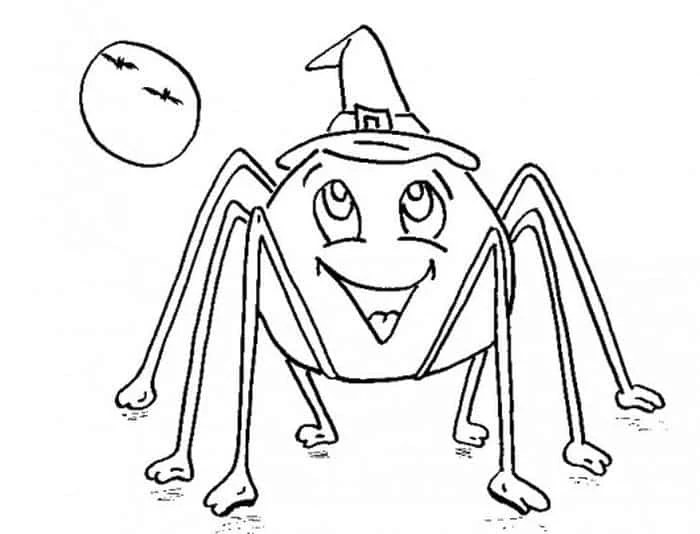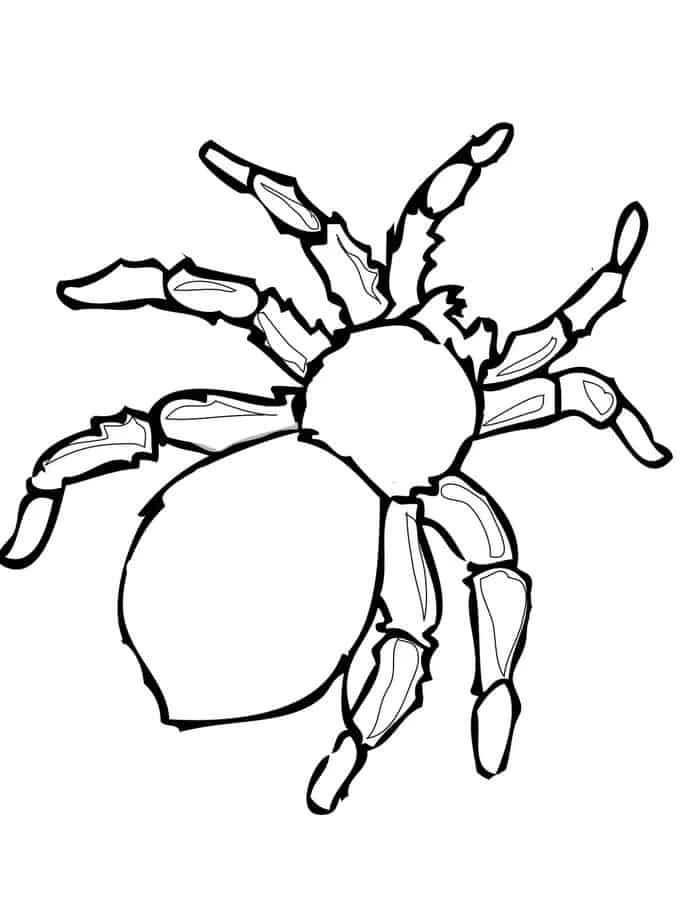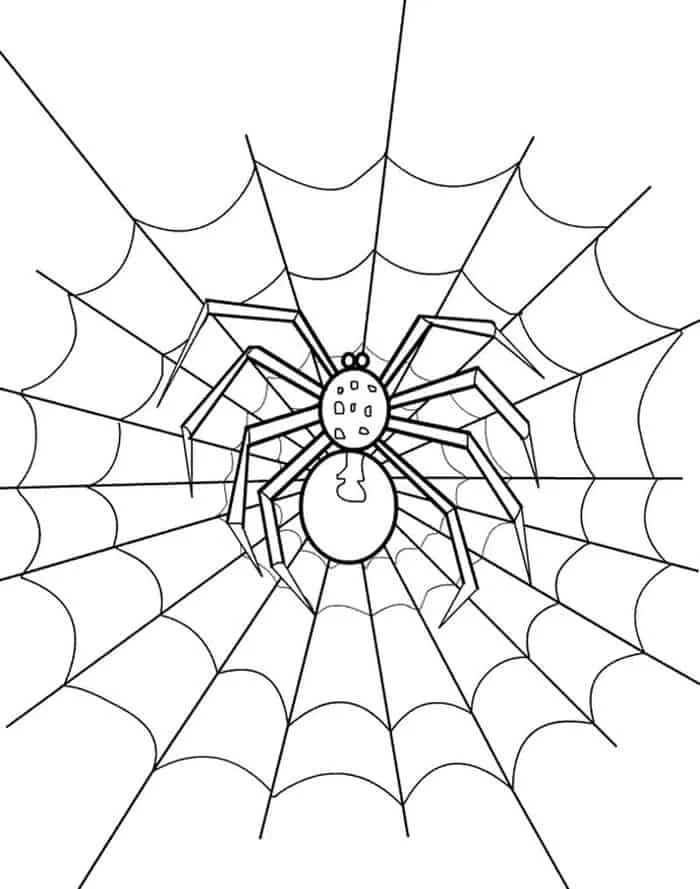It's easy to print your colored spider picture here. You can then color your favorite colors in your spider image.
Most people don't like the spider, but they are interesting, with amazing properties. They are not detected by the absence of interesting information.
Huge Collection of Spider Coloring Page
Spider Web Coloring Pages For Kids
 |
| Spider Printable Coloring Pages |
 |
| Spider Halloween Coloring Pages |
Spider Web Coloring Pages
 |
| Spider Woman Coloring Pages |
Super Cool Spider Coloring Pages
 |
| The Very Busy Spider Coloring Pages |
 |
| Undertale Coloring Pages Of Spider |
Black Widow Spider Coloring Pages
Charlottes Web Spider Coloring Pages
Coloring Pages Of Spider Girl
 |
| Coloring Pages Spider |
Cute Spider Coloring Pages
Free Halloween Spider Coloring Pages
 |
| Free Spider Coloring Pages |
 |
| Free Spider Web Coloring Pages Printable |
 |
| Giant Spider Coloring Pages Eating |
 |
| Giant Spider Coloring Pages |
 |
| Halloween Spider Coloring Pages Printable |
 |
| Halloween Spider Coloring Pages |
 |
| Itsy Bitsy Spider Coloring Pages |
Eight legs of all spiders. It's arthropods. Spiders are spinning webs to capture food. They've got drums that make silk. They are arachnids of the highest order.
In terms of diversity among their populations, they rank seventh in the world.
The silk produced by spiders is considered the world's most durable material. Even with all the technologies that we have today, scientists were not able to replicate the characteristics of this design.
Spider Coloring Page
 |
| Lucas The Spider Coloring Pages |
 |
| Octonauts Coloring Pages Spider Crab 1 |
Poisonous Spider Coloring Pages
 |
| Princess Spider Coloring Pages |
Realistic Spider Coloring Pages
Spider And Web Coloring Pages
 |
| Spider Baby Printable Coloring Pages |
Spider Coloring Book Pages
 |
| Spider Coloring Pages For Kids Free |
 |
| Spider Coloring Pages For Kids |
 |
| Spider Coloring Pages For Preschoolers |
 |
| Spider Coloring Pages Free |
 |
| Spider Coloring Pages Online |
 |
| Spider Coloring Pages Print |
 |
| Spider Coloring Pages |
Related posts:
Spiders are abundant; in the grass field, there are more than 1,000,000 people per acre. Almost anywhere can you find them from the dormitory to Mount Everest at 22,000 feet.
In North America there are approximately 2,500 different species. Some of them live in holes in the earth, others under rocks or logs.
In cellars and cellars, people who prefer dark and shady areas can occur. These species can be found in the house.
Antarctica is the world's only continent that has no spiders. Spiders do not live in water or air, but in all other types of habitat they are able to live.
This feature of spiders has helped them in the evolutionary process to succeed.
In most cases the "accidental invaders" found in a house or building have entered around doors, fens or other openings. They live in or naturalized wooded areas.
Vegetable foundations may be more likely to invade frequently, as the environment is the ideal spider habitat. Spiders feed on most small insects.
Some spiders trap their presses in tissues or traps, and others actively hunt for food with excellent views. Almost everybody has venom glands attached to their fangs.
They are used for killing or paralysising the press and to defend the venom produced in such drums.
Only certain spiders have venome that is extremely poisonous or damaging for humans, including the black widow and brown recluse.
The majority of species do not try to punch; many do not have skin-piercing fangs. Some species, however, sting and showing similar results to a wasp or bee sting. A person is likely to be allergic to spider venome. There is a risk.















































